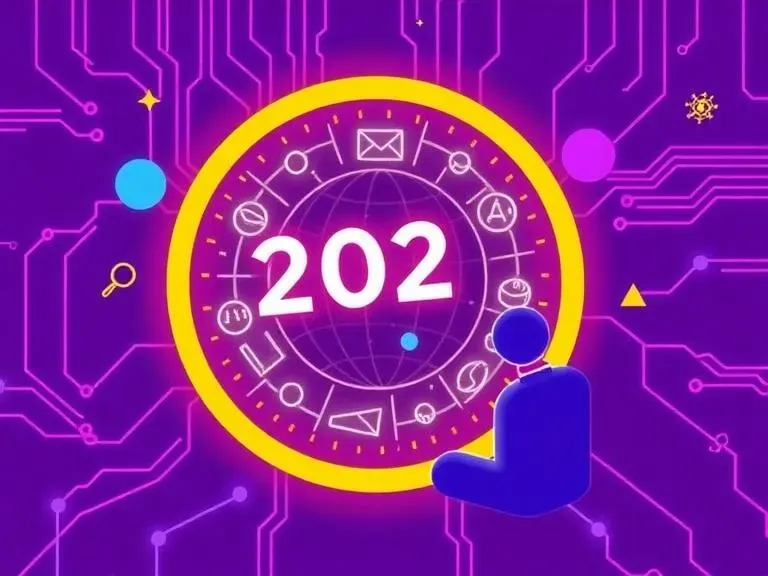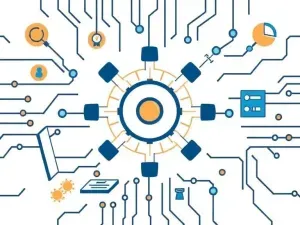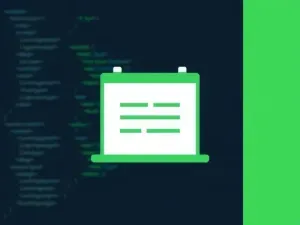The software development landscape is undergoing rapid transformation, driven by advancements in artificial intelligence, distributed computing, and sustainability initiatives. As organizations strive to remain competitive, understanding these emerging trends is critical for developers, architects, and decision-makers. This article explores the five most influential trends that will redefine software development in 2025, analyzing their adoption levels, technical implications, and long-term impact.
1. Generative AI and AI-Assisted Development
Generative AI has moved beyond experimental use cases and is now deeply integrated into software development workflows. Large language models (LLMs) like GPT-5, Claude 3, and specialized coding assistants such as GitHub Copilot X are automating repetitive coding tasks, optimizing debugging, and even generating entire modules based on natural language prompts.
How AI is Changing Development Workflows
- Code Generation & Autocompletion: AI-powered tools now suggest entire functions, reducing boilerplate code and accelerating development cycles.
- Automated Debugging: AI models analyze stack traces and runtime errors, proposing fixes with high accuracy.
- Documentation Automation: AI generates API docs, inline comments, and architecture diagrams from source code.
- Test Case Generation: AI synthesizes unit and integration tests by analyzing code behavior.
Adoption Levels
- Early Majority (2024-2025): Enterprises integrate AI coding assistants into IDEs (VS Code, IntelliJ).
- Late Majority (2026+): AI becomes mandatory in CI/CD pipelines for code reviews and security scanning.
Long-Term Impact
Generative AI will not replace developers but will shift their role toward higher-level architecture, prompt engineering, and AI model fine-tuning. Companies that resist adoption risk falling behind in productivity and innovation.
2. LLMOps: Managing AI Models in Production
As organizations deploy LLMs at scale, LLMOps (Large Language Model Operations) has emerged as a critical discipline. Unlike traditional MLOps, LLMOps deals with challenges like hallucination mitigation, cost optimization, and ethical compliance.
Key Components of LLMOps
- Prompt Engineering Pipelines: Version-controlled prompts and retrieval-augmented generation (RAG) workflows.
- Model Fine-Tuning & Evaluation: Tools like Weights & Biases and MLflow for tracking LLM performance.
- Cost Monitoring: Token usage analytics to optimize API calls (e.g., OpenAI, Anthropic).
- Bias & Safety Checks: Automated red-teaming and content moderation filters.
Adoption Levels
- Innovators (2023-2024): Tech giants and AI-first startups.
- Early Adopters (2025): Enterprises in finance, healthcare, and legal sectors.
Long-Term Impact
LLMOps will become as essential as DevOps, with dedicated roles for LLM engineers and AI compliance specialists. Open-source frameworks like LangChain and LlamaIndex will standardize best practices.
3. Edge Computing & Distributed Architectures
The rise of IoT, 5G, and latency-sensitive applications (e.g., autonomous vehicles, AR/VR) is pushing computation closer to data sources. Edge computing reduces cloud dependency, enabling real-time processing for mission-critical systems.
Technical Considerations
- Hybrid Cloud-Edge Deployments: Kubernetes (K3s) and WebAssembly (Wasm) for lightweight edge runtimes.
- Data Synchronization: Conflict-free replicated data types (CRDTs) for offline-first apps.
- Security Challenges: Zero-trust networking and hardware-based attestation (e.g., Intel SGX).
Adoption Levels
- Early Majority (2025): Manufacturing, retail, and telecom sectors.
- Late Majority (2026+): Mainstream SaaS applications leveraging edge caching.
Long-Term Impact
Edge computing will decentralize cloud monopolies, fostering new ecosystems for edge-native applications. Developers must master distributed systems design and edge-optimized frameworks like TensorFlow Lite.
4. Low-Code/No-Code Platforms for Enterprise Development
Low-code platforms (e.g., OutSystems, Mendix) are evolving beyond simple app builders into full-stack development environments. Enterprises use them to democratize software creation while maintaining governance.
Key Features
- Visual Programming + Pro Code Extensibility: Custom logic via JavaScript/Python integrations.
- AI-Powered UI Generation: Convert wireframes into functional front-end code.
- Enterprise-Grade Security: Role-based access control (RBAC) and compliance templates.
Adoption Levels
- Early Majority (2024-2025): Internal tools, CRM customization, and workflow automation.
- Late Majority (2026+): Mission-critical apps with hybrid low-code/pro-code approaches.
Long-Term Impact
Low-code will coexist with traditional development, reducing the IT backlog but requiring "citizen developers" to upskill. Pro developers will focus on platform extensions and integrations.
5. Sustainable Software Engineering
With rising energy costs and climate regulations, green coding practices are gaining traction. Sustainable software engineering minimizes resource consumption without sacrificing performance.
Best Practices
- Energy-Efficient Algorithms: Optimizing time complexity (Big-O) for reduced CPU cycles.
- Serverless & Cold Storage: AWS Lambda and Glacier for intermittent workloads.
- Carbon-Aware Deployment: Scheduling compute jobs during low-carbon energy periods.
Adoption Levels
- Innovators (2023-2024): Green tech startups and EU-regulated firms.
- Early Adopters (2025): Cloud providers offering carbon footprint dashboards.
Long-Term Impact
Sustainability metrics (e.g., CO2 per API call) will become KPIs alongside latency and uptime. Frameworks like Green Software Foundation’s SCI will standardize measurements.
Conclusion
The convergence of AI, edge computing, and sustainability is redefining software development. Organizations must adapt by investing in upskilling, tooling, and ethical frameworks. Developers who embrace these trends will lead the next wave of innovation, building systems that are not only faster and smarter but also more resilient and sustainable. The future belongs to those who code with purpose.




